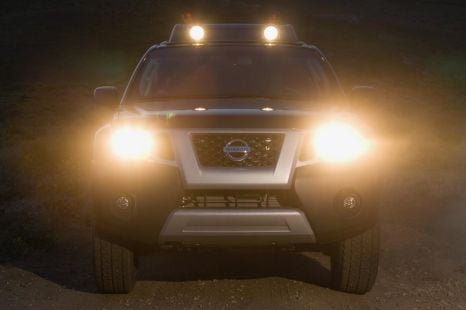

Ben Zachariah
Nissan working on new off-road SUV to take on Toyota – report
45 Minutes Ago
To be taken seriously as a luxury brand in 2021 you need a large SUV in your line-up, but that wasn't always the case. How did we get here?

Contributor
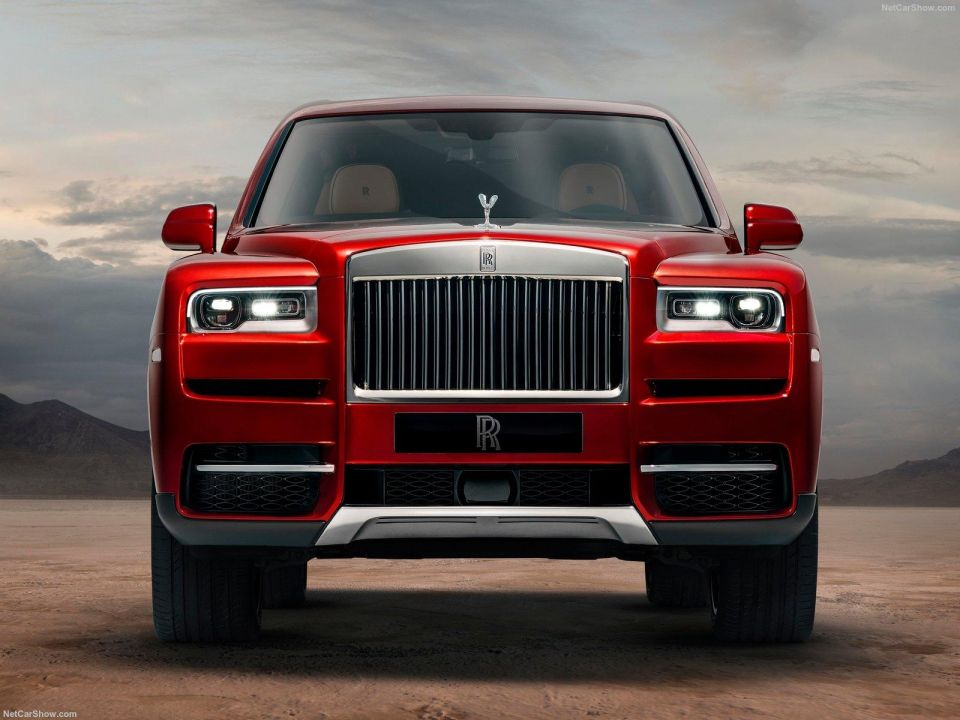

Contributor
SUVs are today some of the most popular cars on sale in Australia. By market share, medium SUVs were the most popular type of vehicle sold in Australia during 2020, with small and large SUVs not far behind.
This is a significant change from 30 years ago, when the ‘SUV’ as a category hardly existed and was instead synonymous with the 4×4.
Four-wheel drives were typically vehicles such as the original Land Rover Defender, Toyota LandCruiser, or Jeep Wrangler that were dedicated off-roaders without much concession to on-road refinement.
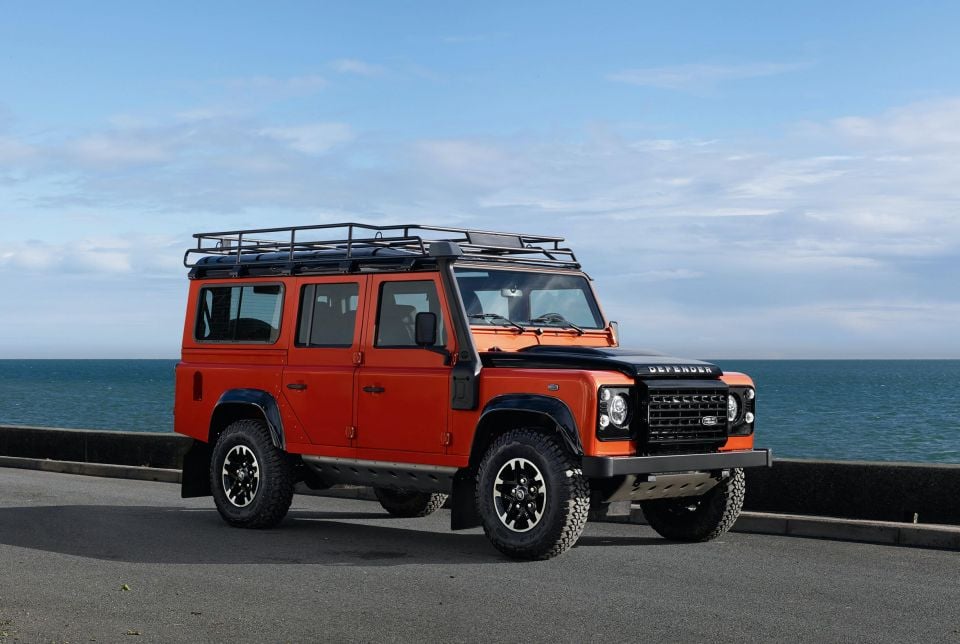
Why did the market change tack from these agricultural 4×4 vehicles? Luxury SUVs are part of the reason.
It sounds like a no-brainer today, but early on the combination of wagon-like practicality, a high driving position, and the illusion of tough, off-road capability in a package that drove more like a car was unique.
A winning combination, let’s have a look at how luxury SUVs have progressed over the years.
The original Land Rover was one of the pioneers of the 4×4 segment. Launched in 1948 as a post-war alternative to the American Willys Jeep, it was almost as terrible on road as it was amazing off-road.
A part of the wider Rover group at the time, product planners knew there was an opportunity to combine the refinement and luxury of the traditional Rover saloon with some of the off-road capability offered by the Land Rover.
This idea transformed into the stillborn ‘Road Rover’ concept, effectively a station wagon on stilts that used a Rover sedan chassis.
Although initial mock-ups were developed in 1951, the concept was abandoned seven years later due to fears it would cannibalise the traditional Land Rover.
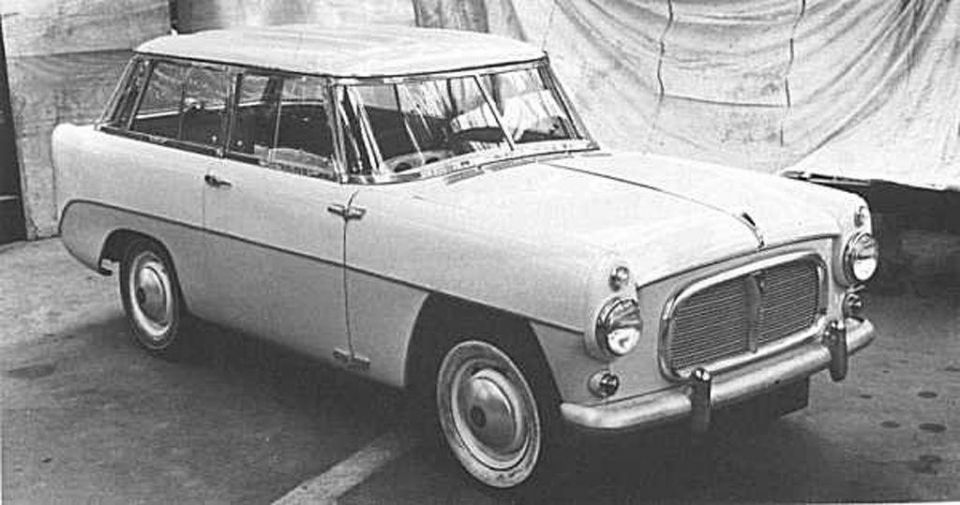
The overarching idea was a good one, however, and a new approach was taken in the late 1960s. Americans have a penchant for larger, more comfortable vehicles, and with this in mind Rover product planners, designers, and engineers went back to the drawing board with an eye to increasing sales in the US market.
Now 20 years old, the original Land Rover was too basic and agricultural, so Rover set about developing a more refined version that that would be equally at home off and on the beaten track.
Launched in 1970, the first-generation Range Rover’s shape remained similar until the end of production in 1994, and this unchanged design was justified with the Range Rover being the first vehicle to be exhibited at the Louvre as an example of modern art.
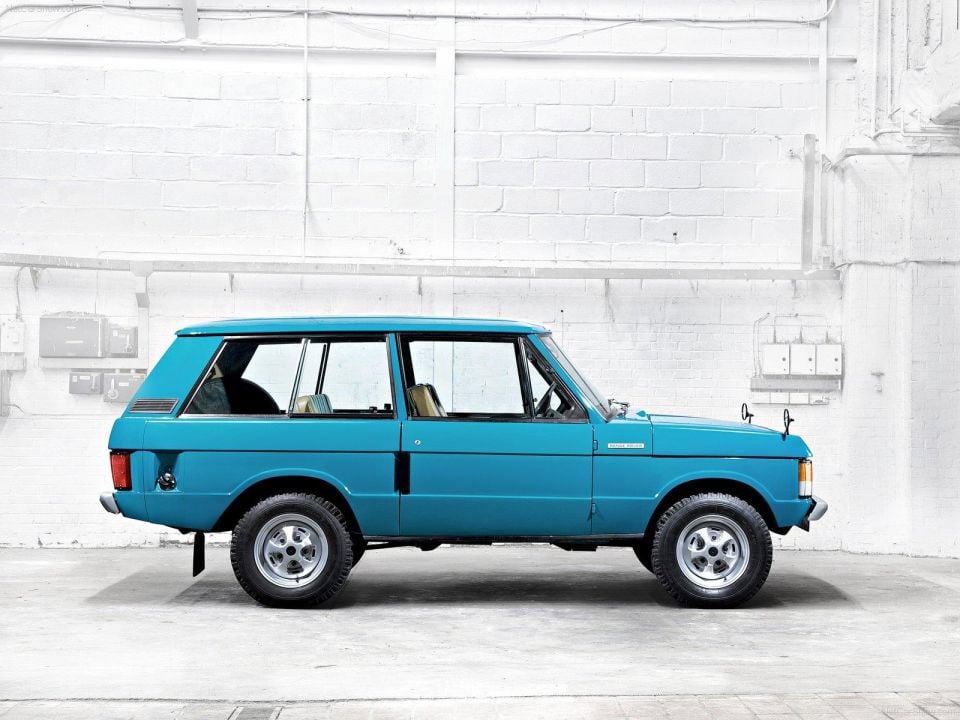
Its credibility as a genuine luxury vehicle was further bolstered in 1981 through a collaboration with famed fashion magazine Vogue.
Offered in special colours and with luxury trimmings at the time such as carpets, wood trim, and accessories such as a picnic hamper and coolbox, these Range Rovers were branded as the ‘In Vogue’ series and represented the first serious attempt to push the Range Rover upmarket. To date, ‘Vogue’ remains a trim level on the full-size Range Rover.
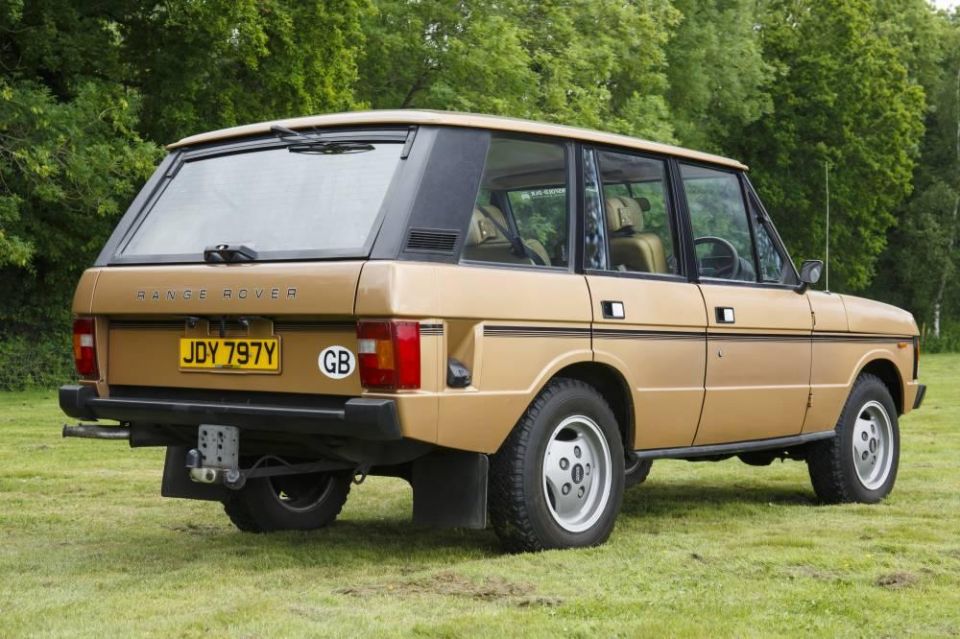
Despite a lengthy 24 year production run, perhaps the only notable competitor to the Range Rover came from the Jeep Super Wagoneer and Grand Wagoneer.
These were top-end versions of Jeep’s large body-on-frame four-wheel drive, and featured an exterior wood finish popular at the time.
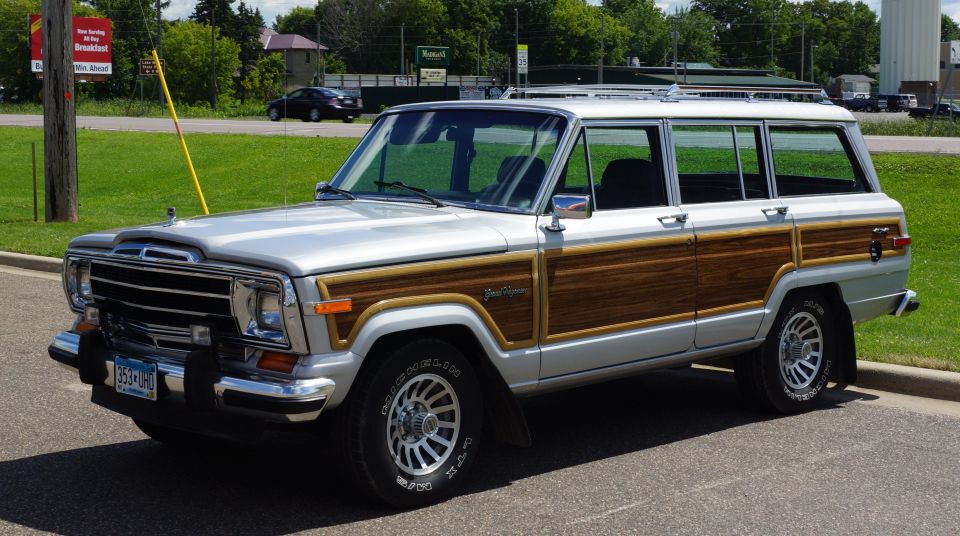
It took a surprisingly long time for the Range Rover to receive competition outside the American market.
A key competitor from an established luxury brand was the BMW X5 – although practically speaking this was more of a sibling rivalry, as BMW owned Land Rover at the time and incorporated some of the second-generation Range Rover’s technology into the X5, such as hill descent control and other off-road electronics systems.
Although geared more towards on-road use, the X5 was the progenitor of the plethora of X branded vehicles on sale today, and marked a big step for BMW at a time when its range comprised passenger cars ranging from the 3 Series to the 7 Series, with the 5 Series and 6 Series in between.
Around the same time, Mercedes-Benz launched its M-Class SUV to compete directly with the X5. Available with an optional third-row, the M-Class pioneered the introduction of stability control for an SUV.
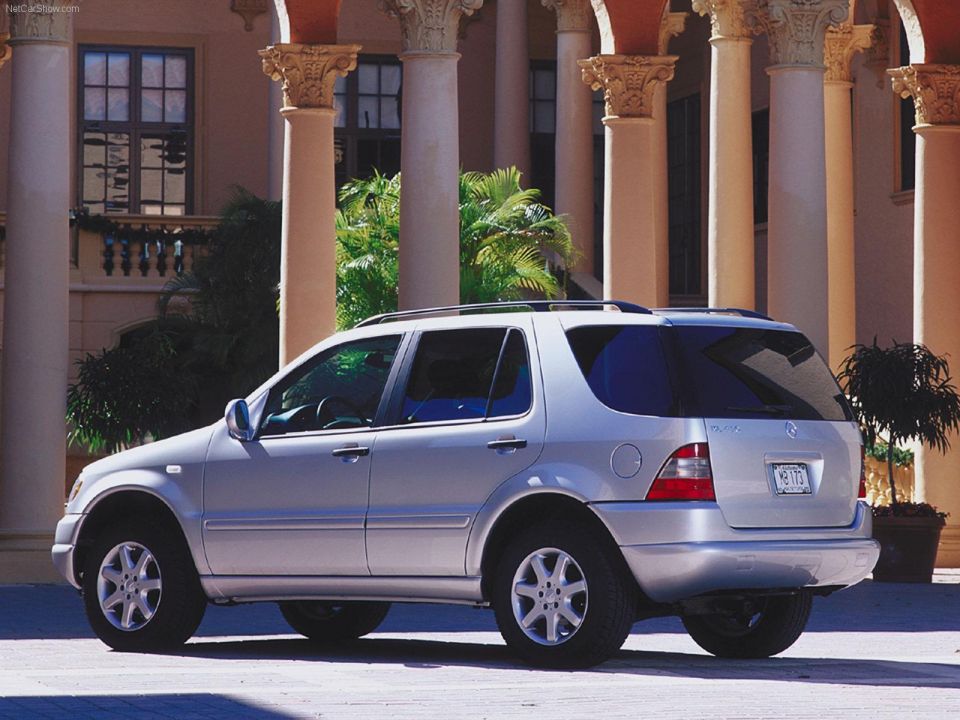
The 2000s also bore witness to the unthinkable with Porsche, an exclusively sports car brand, attempting to put the ‘Sport’ in SUV with the launch of the Cayenne in 2003.
Although this was largely to the dismay of enthusiasts, the Cayenne has since gone on to be a best-seller, and the revenue earned enabled the marque to keep developing more models such as the 911, Boxster, and Cayman.
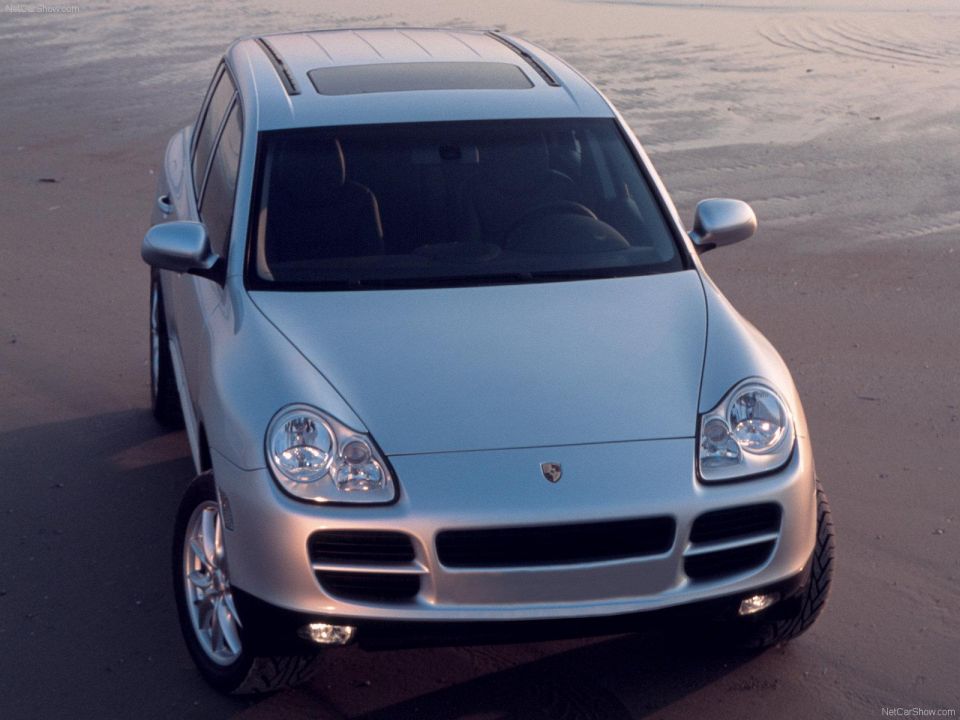
Other notable entrants to the scene during this time included the Lexus LX and RX (1995/1998), Volkswagen’s Touareg (2002) and Audi’s Q7 (2005).
The Range Rover may have been the original luxury SUV, but BMW created a segment within a segment with the launch of the X6 in 2008.
Ambitiously marketed as a new class of vehicle, the so-called Sports Activity Coupe (SAC) replaced traditional, upright SUV styling with an ostensibly sportier, sloping roofline to cater for those who wanted to make a statement without sacrificing a high driving position.
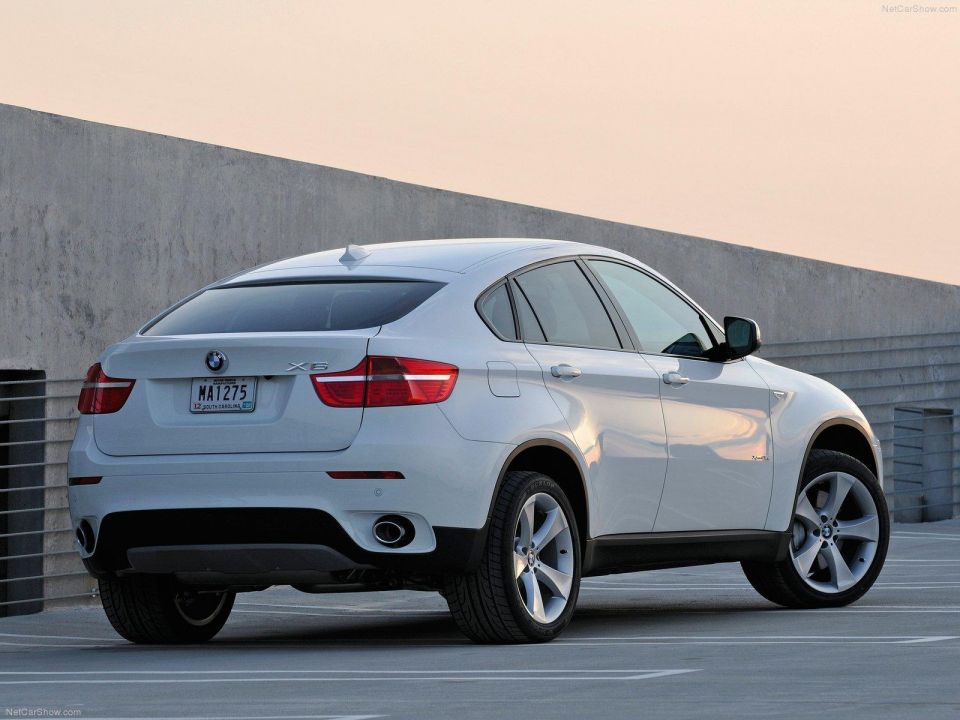
Initially derided, BMW achieved success with the X6, translating the design to smaller variants in the X4 and X2. Mercedes-Benz (GLC/GLE coupe), Audi (Q8, Q5 and Q3 Sportback) and Porsche (Cayenne Coupe) have all since followed suit.
The latest Range Rover until very recently remained one of the most expensive luxury SUVs on sale, with the most expensive variants commanding prices of above $400,000 before on-road costs.
However, with European, Japanese and American luxury brands all seeing substantial success with their SUVs, super-premium brands have also launched competition at the top end of the market.
This commenced with the Bentley Bentayga in 2016, a direct challenger to long-wheelbase versions of the Range Rover, and continued with Volkswagen Group stablemate Lamborghini offering an equally premium, but much sportier, take on the SUV segment with the Urus in 2019.
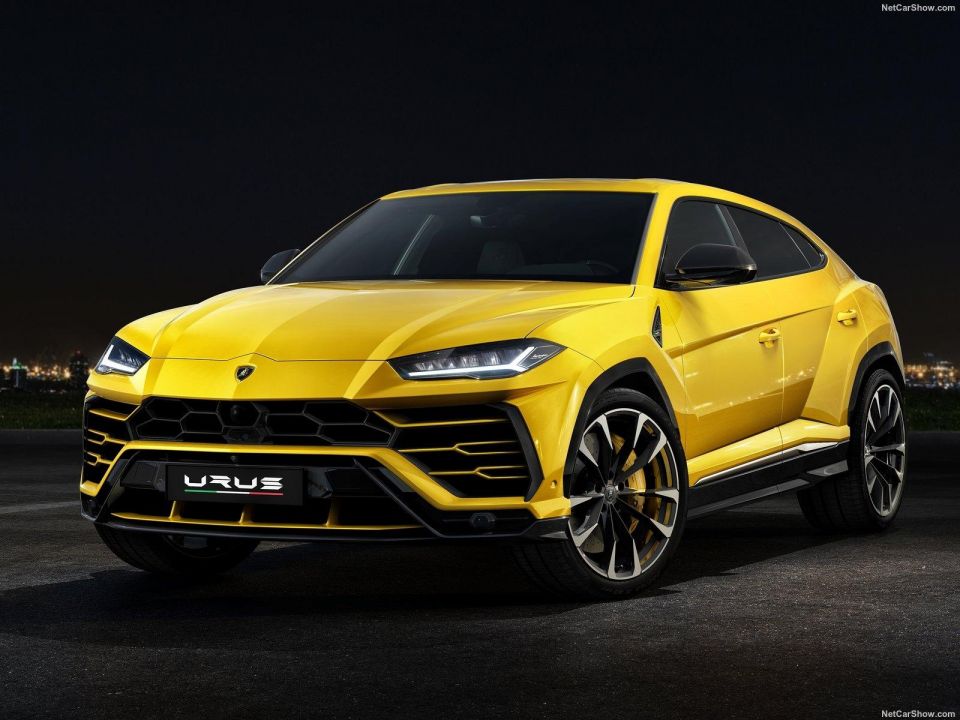
Aston Martin has also joined the fray with the DBX, which borrows powertrains and infotainment from Mercedes-Benz, but aims to act as a mid-point between the two vehicles above with regard to luxury and sporting ability.
Rolls-Royce, previously an exclusive purveyor of the most expensive sedans and coupés, has created a luxury SUV that is a class above the rest with the Cullinan, and even Ferrari is rumoured to be bringing its take to market in 2022.



Ben Zachariah
45 Minutes Ago
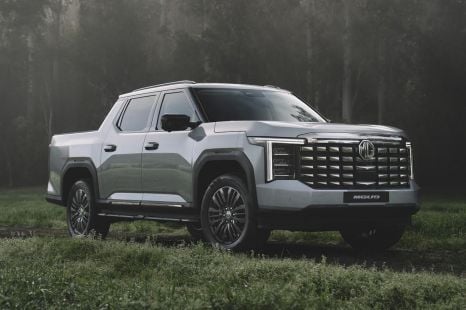

Damion Smy
1 Hour Ago
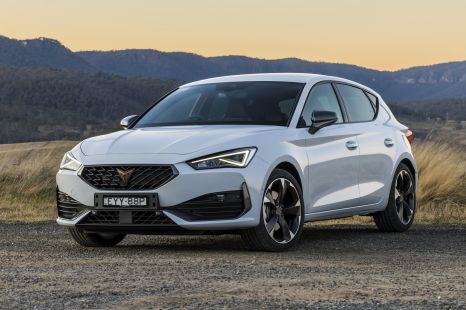

James Wong
5 Hours Ago
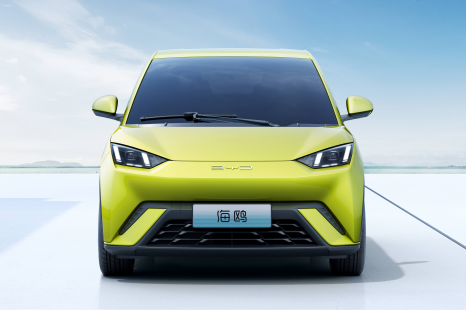

Damion Smy
6 Hours Ago


Damion Smy
6 Hours Ago
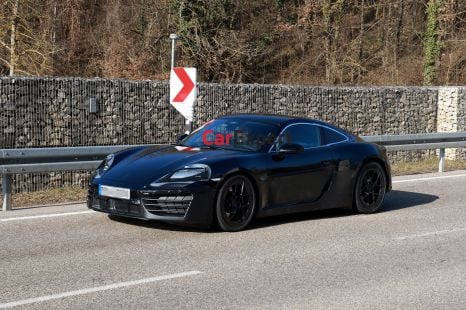

Derek Fung
6 Hours Ago